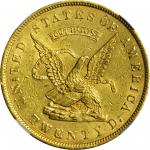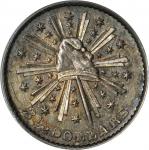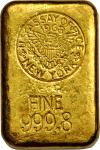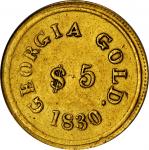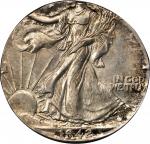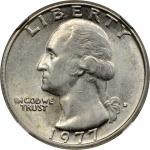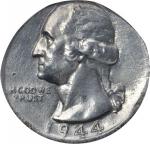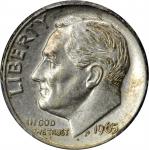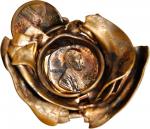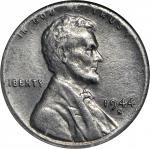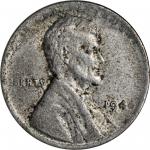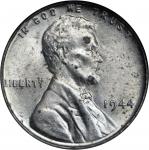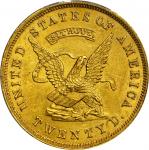1853 United States Assay Office of Gold $20. K-17. Rarity-7-. 884 THOUS. MS-61 (PCGS). CAC.Enveloped in an even light amber gold color with smooth satiny finish, the surfaces are devoid of any serious abrasions that plague this series, or pioneer gold of any sort. Dramatically lustrous with a vivid and bold cartwheel effect on the obverse and reverse, it is hard to imagine an example with finer eye appeal, a quality readily recognized by CAC as evidenced by their endorsement. The United States Assay Office of Gold is as much part of the story of the California Gold Rush as the 1848 discovery of gold along the banks of the American River at the base of the Sierra Nevada Mountains at Sutters Mill near Coloma. In 1849 John Little Moffat and his three partners, Joseph R. Curtis, Philo H. Perry, and Samuel H. Ward established the private assaying and refining business of Moffat & Company in San Francisco. Soon thereafter, Moffat & Co. began producing circulating gold ingots as well as $5 gold pieces at their facilities located at the corner of Clay and Dupont Streets. The company quickly garnered an excellent reputation and their business thrived, unlike many of the early pioneer assay and coining firms. The rapid influx of "Forty-niners" to the gold fields hoping to find their fortune resulted in an acute shortage of circulating currency. Even though there were proposals to establish a branch mint as early as 1849, competing political interests delayed action. Finally, Congress passed a compromise bill on September 30, 1850 which established the United States Assay Office. Not long after passage of the act, the two entered into a contract to operate as the United States Assay Office of Gold while retaining the original company name with New York watchmaker and engraver Augustus Humbert appointed as United States Assayer. Moffat & Co. continued operation as before until January 1852 when Moffat sold his interest to his partners. Under the dissolution terms, the remaining partnership of Curtis, Perry and Ward would retain the Moffat & Company corporate name and continue to strike circulating ingots under government contract. On February 14, the remaining partners dispensed with the Moffat & Co. name and officially formed the United States Assay Office of Gold. Even though they bore the name of the United States Assay Office of Gold, the coins carried no legal tender status. Because the office lacked equipment to refine gold to federal standards of 90% gold and 10% copper, the coins were struck in .880, .884, and .887 fine gold. Beginning in 1852, the office began to produce $10 and $20 gold pieces in .884 fine gold. When sets of dies were originally prepared under Humberts direction, the original order set the fineness at 880 THOUS, but this was soon changed to 884 before any coins were struck. Evidence of this alteration can be seen in the form of traces of the original 0 under the 4. Pressure to conform to the legal gold alloy eventually compelled the firm to start producing coins at the mandated standard, albeit using the naturally occurring gold and silver alloy. The United States Assay Office of Gold ceased operations on December 14, 1853, in anticipation of the opening of the San Francisco Mint. The firm supplied both the building and machinery for the new United States branch mint, its location on Commercial Street near Montgomery being the site were the San Francisco Mint struck its first Liberty double eagles on April 15, 1854. Once the mint was in operation, the coins of the U. S. Assay Office of Gold very quickly disappeared into the San Francisco Mints melting pots. Today, the $20 gold pieces struck in .884 fine gold are very scarce in any condition even among the rarified world of territorial gold coins. At the uncirculated degrees of preservation, the issue is decidedly challenging with only six grading events recorded at PCGS. An exceptionally well-preserved specimen of an historic issue that will soon reside in an advanced holding of pioneer gold.<p>From our August 2014 sale of the 1853 Collection, lot 10068. Earlier from Heritages sale of June 1997, lot 6562.

